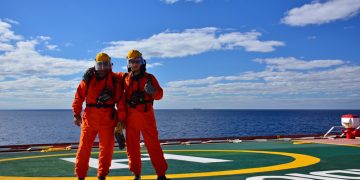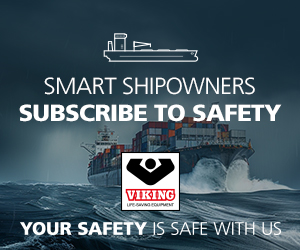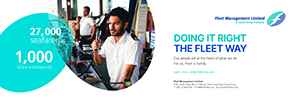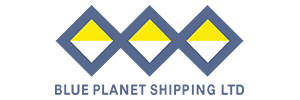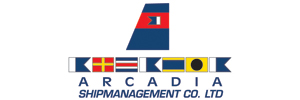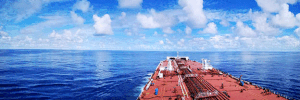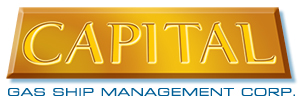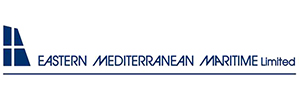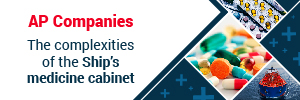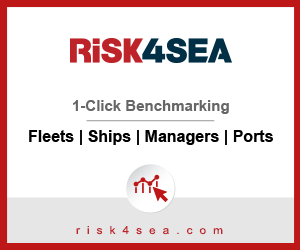IGU issues World LNG Report 2013
Gas will be the energy of the 21st century. Demand is forecast to grow 2.5% a year for the next 10 years, ranking it second in the global energy mix in 2030. What will be future of LNG supply contracts? Will spot-priced short term contracts prevail over oil-linked ones? How much pressure will the LNG trade put on oil indexation in Asia? The answers will depend on the future of the nuclear generation in Asia and on the status of the new LNG projects in different parts of the world the International Gas Union (IGU) has issued World LNG Report 2013 to answer above questions. The report reviews the situation of the global LNG market throughout 2012, up to the first quarter of 2013. ''The role and place of gas on the global energy arena has been strengthened in past decades. Gas, the cleanest fossil fuel and the only one expected to grow, is being recognized as the key fuel for meeting the challenge of rising energy demands. The LNG sector follows this upwards trend as the main driver of globalization of the gas industry. In 20 years, the LNG trade has evolved from an intra-regional status to achieve worldwide growth at a 10% rate a year. ...
Read more











